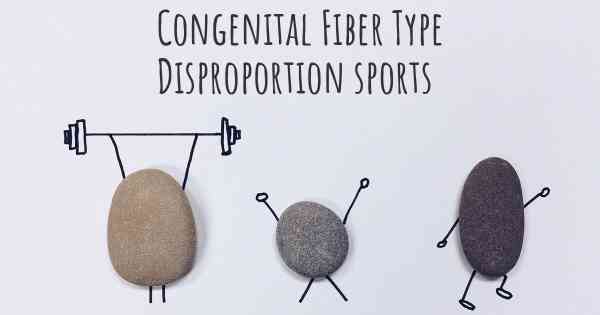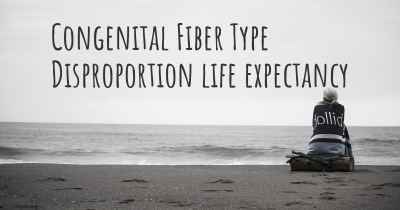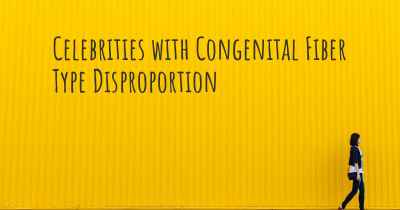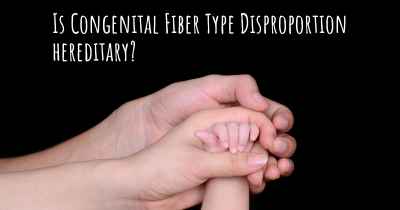Is it advisable to do exercise when affected by Congenital Fiber Type Disproportion? Which activities would you suggest and how intense should they be?
See if it is advisable for people with Congenital Fiber Type Disproportion to practice sports and which ones are the most recommended if you have Congenital Fiber Type Disproportion

Congenital Fiber Type Disproportion (CFTD) is a rare genetic muscle disorder that affects the proportion of different muscle fiber types in the body. It is characterized by muscle weakness, low muscle tone, and delayed motor development. If you have been diagnosed with CFTD, it is important to consult with your healthcare provider before starting any exercise program. They will be able to provide personalized advice based on your specific condition and needs.
While exercise can be beneficial for individuals with CFTD, it is crucial to approach it with caution. The intensity and type of exercise should be tailored to your abilities and limitations. Here are some general guidelines to consider:
1. Low-impact exercises: Engaging in low-impact activities can help minimize stress on the muscles and joints. These exercises are generally gentler on the body and can be better tolerated by individuals with CFTD. Examples of low-impact exercises include swimming, cycling, walking, and using an elliptical machine.
2. Strengthening exercises: Incorporating strength training exercises into your routine can help improve muscle strength and function. However, it is important to start with light weights or resistance bands and gradually increase the intensity as tolerated. Focus on targeting different muscle groups to promote overall strength and stability.
3. Flexibility exercises: Stretching exercises can help improve flexibility and range of motion, which may be limited in individuals with CFTD. Gentle stretching of major muscle groups should be performed regularly, both before and after exercise, to enhance muscle flexibility and prevent injuries.
4. Balance and coordination exercises: CFTD can affect balance and coordination, so incorporating exercises that target these areas can be beneficial. Activities such as yoga, tai chi, and balance exercises can help improve stability and reduce the risk of falls.
5. Gradual progression: It is important to start slowly and gradually increase the intensity and duration of your exercise sessions. This allows your body to adapt and minimize the risk of overexertion or injury. Listen to your body and adjust the intensity as needed.
6. Regular breaks: Taking regular breaks during exercise sessions can help prevent muscle fatigue and allow for adequate recovery. Pace yourself and rest when needed to avoid overexertion.
7. Supervision and guidance: If possible, consider working with a qualified exercise professional, such as a physical therapist or certified trainer, who has experience working with individuals with muscle disorders. They can provide guidance, monitor your progress, and ensure that exercises are performed correctly and safely.
Remember, everyone's condition and abilities are unique, so it is important to consult with your healthcare provider before starting any exercise program. They will be able to provide personalized recommendations and ensure that you are engaging in activities that are safe and appropriate for your specific condition.








